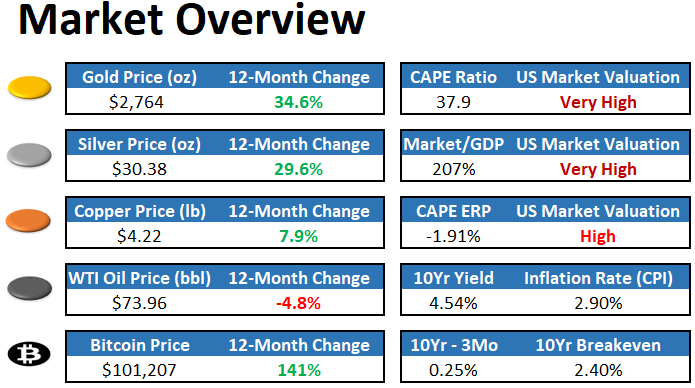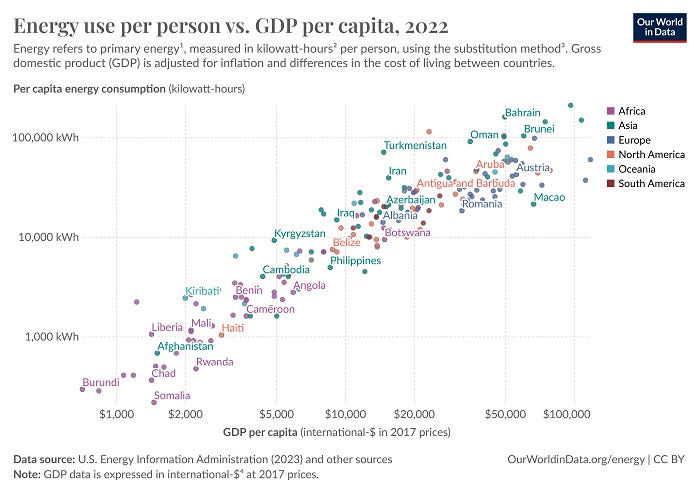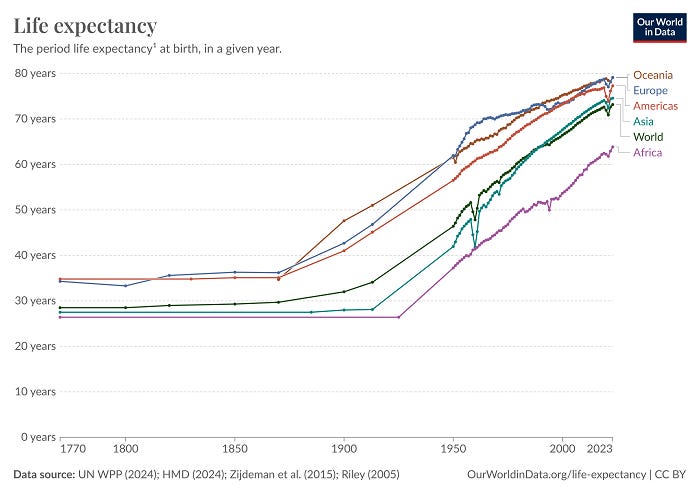3 Trends I'd Never Bet Against: Lyn Alden
Today I’m extremely happy to be bringing you the latest from my friend Lyn Alden.
Today I’m extremely happy to be bringing you the latest from my friend Lyn Alden.
Lyn’s background bridges the fields of engineering and finance. She holds a bachelor’s degree in electrical engineering and a master’s degree in engineering management, specializing in engineering economics, systems engineering, and financial modeling. Her early career included roles as an electrical engineer and later an engineering lead at the Federal Aviation Administration’s William J. Hughes Technical Center.
Alden has been a passionate investor for years. From 2010 to 2015, she ran her first investing website as a part-time venture, eventually selling it to a larger publishing company. In late 2016, she founded Lyn Alden Investment Strategy, a research firm that grew significantly, leading her to leave engineering management in 2021 to focus on finance full-time.
Now an independent analyst, Alden aims to deliver institutional-level research in clear, accessible language for both professional and retail investors. She also serves as an independent director on the board of Swan.com and is a general partner at the venture capital firm Ego Death Capital. In 2023, she published the best-selling book Broken Money, exploring the history, present, and future of money through a technological lens.
Lyn is an investor I always read and always love to hear from, so I was grateful she gave me permission to share her research with my subscribers. I’m sure you’ll find it as valuable as I do.
January 2025 : 3 Things Never to Fade
There are a lot of moving variables in the investment landscape lately. We’re in a new political environment, and technology continues to blaze forward as fast as ever.
So to start the year, this newsletter issue focuses on some “North Stars”. Specifically, it covers three trends that I will make sure not to fade over the next decade from an investment perspective.
Thing 1: Energy Density
The first thing I will not fade is the importance of energy density, and the continued use of high-density sources of power.
Energy usage doesn’t just go toward electricity generation and car fuel. It goes toward excavating raw materials, manufacturing goods, transporting those goods, creating nitrogen-based fertilizers to feed people (natural gas is a major input for that), powering machines to plant and harvest crops, maintaining safe levels of heat or cold for people and businesses, purifying and pumping water to make uninhabitable places habitable, and so forth.
This high level of energy usage is what allows 8 billion people to survive on this planet, and with an increasing percentage of them in relative comfort. Humans and their livestock represent more than a 10x larger amount of biomass than all other wild mammals and birds combined, basically creating a top-heavy food chain, enabled by this energy expenditure.
It’s no accident that human lifetimes and human populations both exploded in the late 1800s and early 1900s when oil discovery and usage ramped up. And it directly contributed to the rapid growth of technology, because it’s what allowed the vast majority of people to stop working in agriculture and start working in other fields that progressed our technology, medicine, industry, and so forth.
When countries adopt cultural views or government policies against energy density for the sake of optimizing some other variable, they’ll generally diminish their share of the world’s economic output, either knowingly or unknowingly. They can make that decision, and the rest of the world will move on without them, until they choose something different.
Energy efficiency also matters of course, but that has certain limits. More energy creates a bigger foundation to grow from, and then better technology makes more efficient usage of that energy. Moving around more mass than is needed for a given purpose, and dissipating more energy in the form of ambient heat than is needed, are two common sources of energy inefficiency that better technology gradually improves over time.
That’s not to say that there’s no role for wind and solar. They are variable sources of power, and with solar power the benefit is that it can provide power in a decentralized way without being attached to the grid. But turning variable sources of power into baseload power requires massive battery arrays, which require huge amounts of battery metals. If we 10x or 20x our grid-scale battery installation to get more of our baseload power from wind and solar, we would then have to renew large portions of that entire stock of installed batteries decade after decade.








